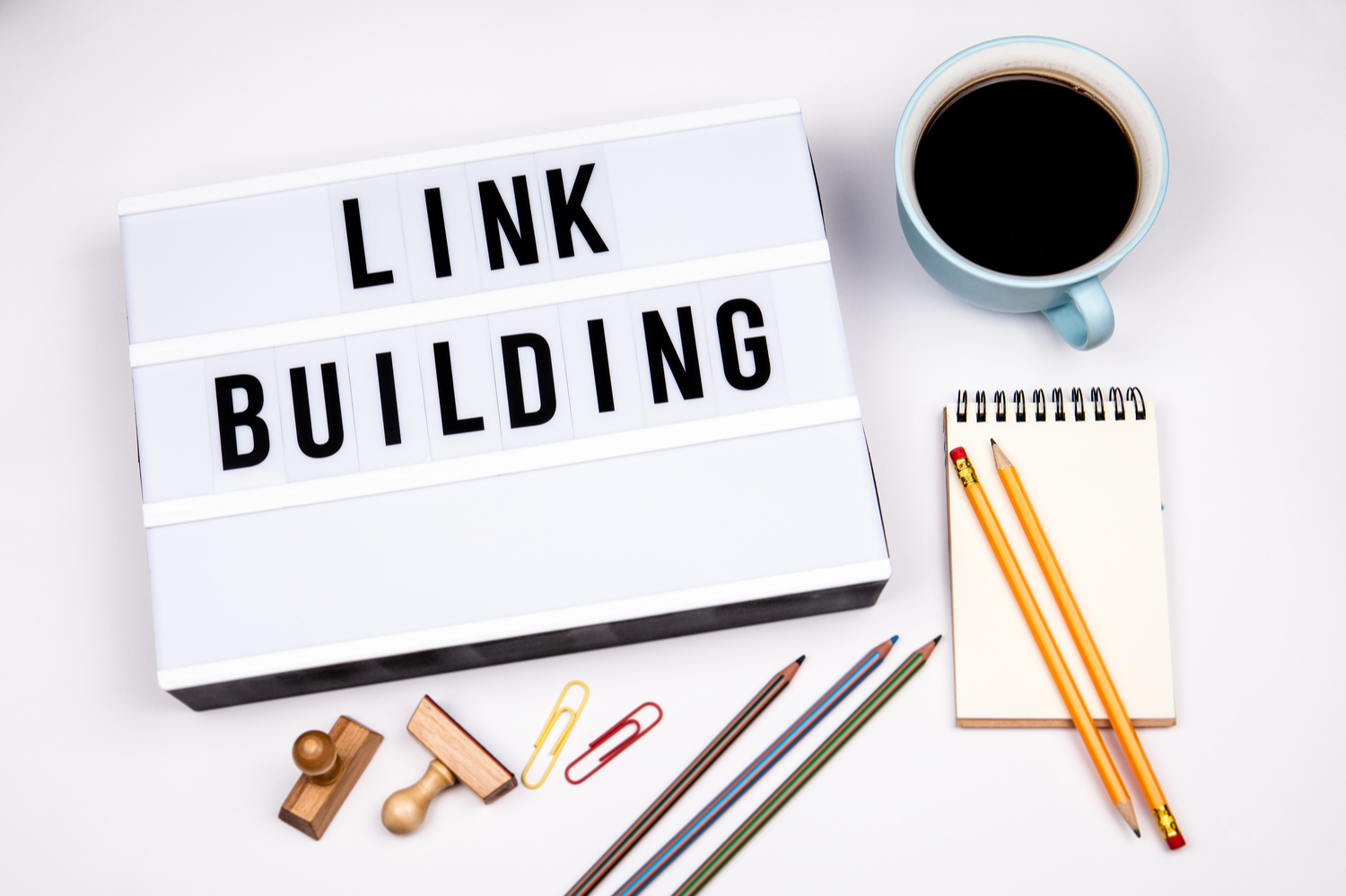 Reading Time: 3 minutes
Reading Time: 3 minutesIn the world of SEO, there are a few basic strategies so crucial to improving a webpage’s search engine results page (SERP) ranking that nearly every domain on the internet utilizes them. Internal linking is one such strategy – if you’re not already optimizing link building strategies within your own website, you most definitely should be. Why? Once users land on your page thanks to your diligent SEO efforts, they need to be able to navigate around your page with relative ease; without internal links, research on your products or services comes to a halt, users can’t find crucial contact information or make information or service requests, and your bounce rate shoots through the roof.
Look a little deeper into internal linking, however, and you’ll see that its importance extends even further than improving your user experience. When it comes to SEO, internal linking helps your domain establish a structure Google’s crawlers can easily navigate and index. In addition, just like backlinks on external sites help you establish expertise, authority and trust (EAT), a series of internal links can help you pass that same EAT and PageRank power within your page.
Internal Linking Isn’t as Straightforward as It Seems
This is the point where many page owners simply provide a few links to contact information or FAQs and call it a day. Others begin a practice of linking semi-relevant, older, blog posts to each new blog post and assume the job is done. However, it’s important to devote just as much care and deliberateness to your internal linking as you do your external link building strategy.
Evaluate your current internal linking practices – and begin to develop some best practices – by paying close attention to this list of Dos and Don’ts:
- Do prioritize linking to important pages. The most important pages on your website are your contact information page, FAQs, shopping cart, and other pages that may vary based on your website. These internal links should be featured prominently as a navigation bar at the top. A good rule of thumb is, your most important pages should require no more than one click to access.
- Don’t leave your most important pages to navigation menu links only. Your contact page and other important pages should be linked internally within your blog content as well as from other pages where it’s pertinent to mention it. This increased access to navigation helps both users and crawlers identify the essential pages.
- Do use anchor text to link to other pages within your domain. Anchor text – the clickable text that provides the actual link to your page – can read any way that you want. Ideally, anchor text adequately explains the content the user will experience upon clicking, with a bonus for incorporating keywords you’re trying to rank for or long tail keywords. For example, a link within an article about new surfboard models linking to a related article about surfboard wax choices, could read “surfboard wax”.
- Don’t go overboard with anchor text. While utilizing your anchor text wisely, and ensuring you hit all your keywords is an important part of internal linking strategy, it is possible to overuse these elements as well. Just as with external linkbacks, repeated internal links to the same keywords or to the same side content can seem like spam and cause Google’s crawlers to flag your content.
- Do link to pages hidden deep within your blog or other content. If you have older content that remains relevant but doesn’t receive a lot of traffic due to its age or position within your blog, link it in your newer blog posts. You could wind up helping a newer user who hasn’t seen your older content.
- Don’t overlink. While Google’s Webmaster Guidelines now have no set link limits, there’s no reason to fill your page with hyperlinks. Insert links where they read naturally; if you go overboard, your page is difficult to read and looks like spam to users and crawlers alike.
- Do link your newer posts. While linking to older posts is an excellent strategy to breathe new life into your blog, don’t publish new content without linking to it as well. Linking newer posts in some of your older blog content helps boost your new content while ensuring your page’s authority is spread evenly throughout the page.
Your internal linking strategy is one of the most important methods to building authority within your page, ensure Google’s crawlers accurately assess and index its structure, and assist your users in navigating your page. The most important thing to remember about internal linking strategies is that they’re not just meant to improve your SEO – always use internal links with your users in mind. If you optimize your page for user experience first, you’ve already gotten a great start.
Ready for more insight into your SEO efforts? Contact Vizion Interactive to request an SEO audit or even a website redesign consultation today. Call 888-484-9466 or access our online form at your earliest convenience.
At Vizion Interactive, we have the expertise, experience, and enthusiasm to get results and keep clients happy! Learn more about how our Link Profile Management services can increase sales and boost your ROI. But don’t just take our word for it, check out what our clients have to say, along with our case studies.




